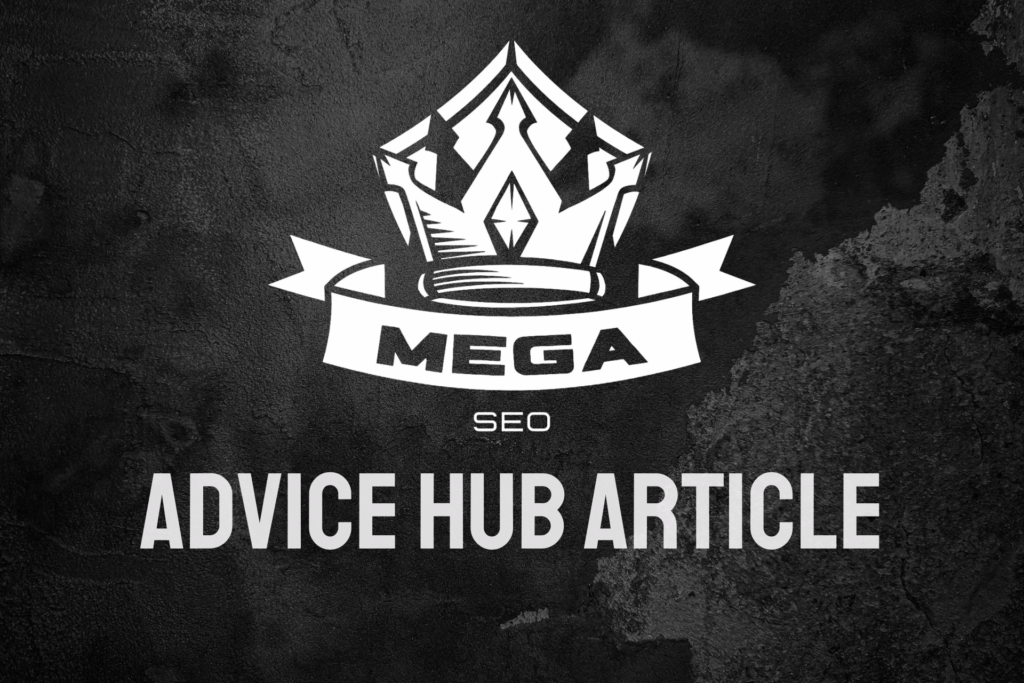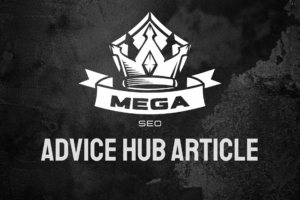Internal linking stands as a cornerstone of effective search engine optimisation (SEO). When implemented strategically, it can significantly enhance your website’s visibility, user experience, and overall performance in search engine results pages (SERPs). This comprehensive guide will delve into the intricacies of internal linking, exploring its benefits, best practices, and how to leverage it for maximum SEO impact.
What is Internal Linking and Why Does It Matter?
Internal linking refers to the practice of connecting various pages within your website through hyperlinks. These links serve as pathways, guiding both users and search engine crawlers through your site’s content. Unlike external links that point to other websites, internal links create a network of interconnected pages within your own domain.
The importance of internal linking cannot be overstated. It plays a crucial role in:
- Establishing site architecture and hierarchy
- Distributing page authority and ranking power throughout your website
- Enhancing user navigation and experience
- Increasing the time users spend on your site
- Helping search engines discover and index new content
By implementing a robust internal linking strategy, you can significantly improve your website’s SEO performance and user engagement metrics.
How Does Internal Linking Benefit Your SEO Efforts?
Internal linking offers numerous advantages for your SEO strategy:
Improved Crawlability and Indexation: Search engine bots use links to discover and index new content. A well-structured internal linking system ensures that all your pages are easily accessible to these crawlers, increasing the likelihood of your content being indexed and ranked.
Enhanced User Experience: Internal links help users navigate your website more efficiently, finding related content and relevant information with ease. This improved user experience can lead to longer session durations, lower bounce rates, and higher engagement metrics – all of which are positive signals to search engines.
Distribution of Page Authority: Internal links pass link equity (also known as “link juice”) between pages. By strategically linking to important pages from high-authority pages, you can boost the ranking potential of key content across your site.
Contextual Relevance: Internal links provide additional context to search engines about the content and topic of your pages. This helps search algorithms better understand the relationships between different pages on your site and can improve your rankings for relevant queries.
What Are the Key Elements of an Effective Internal Linking Strategy?
To maximise the benefits of internal linking, consider the following elements:
- Link Relevance: Ensure that the linked pages are topically related. This helps search engines understand the context and relevance of your content.
- Anchor Text Optimisation: Use descriptive, keyword-rich anchor text that accurately reflects the content of the linked page. Avoid generic phrases like “click here” or “read more”.
- Link Placement: Position links naturally within your content, preferably within the main body text rather than in sidebars or footers.
- Link Quantity: While there’s no strict rule, aim for a balanced approach. Too few links may limit the flow of link equity, while too many can dilute the value passed and potentially appear spammy.
- Link Depth: Try to keep important pages within three clicks from your homepage. This ensures that both users and search engines can easily access your most valuable content.
- Link Directionality: Use a mix of top-down (linking from higher-level pages to deeper content) and bottom-up (linking from deeper pages back to main category or pillar pages) linking.
By focusing on these elements, you can create a robust internal linking structure that benefits both SEO and user experience.
How Can You Implement an Effective Internal Linking Strategy?
Implementing a successful internal linking strategy requires careful planning and execution. Here are some steps to guide you:
- Conduct a Content Audit: Start by cataloguing all your existing content. This will help you identify opportunities for linking related pages and topics.
- Create a Content Hierarchy: Organise your content into a logical structure, with pillar pages (broad topics) linking to cluster content (more specific, related topics).
- Identify Link Opportunities: Look for natural places within your content where you can add relevant internal links. This could include mentions of related topics, products, or services.
- Use Tools for Link Analysis: Utilise SEO tools to analyse your current internal linking structure and identify pages that need more internal links or have broken links that need fixing.
- Implement Breadcrumbs: Breadcrumb navigation helps users understand their location within your site structure and provides additional internal linking opportunities.
- Create Content Hubs: Develop topic clusters around your main themes or services, with a central pillar page linking to more specific, related content.
- Update Old Content: Regularly review and update older content, adding internal links to newer, relevant pages as your site grows.
- Monitor and Adjust: Regularly analyse the performance of your internal links using tools like Google Analytics and Google Search Console. Adjust your strategy based on the data to continually improve your internal linking structure.
What Common Mistakes Should You Avoid in Internal Linking?
While internal linking is a powerful SEO tool, there are several pitfalls to avoid:
Overusing Exact Match Anchor Text: While using keyword-rich anchor text is important, overusing exact match keywords can appear unnatural and potentially trigger spam filters. Vary your anchor text to include partial matches, branded terms, and natural language variations.
Linking to Irrelevant Pages: Every internal link should serve a purpose and lead to content that’s genuinely related and valuable to the user. Avoid forcing links where they don’t naturally fit.
Neglecting Deep Pages: Don’t focus solely on linking to your homepage or main category pages. Ensure that deeper, more specific pages also receive internal links to distribute link equity throughout your site.
Creating Orphan Pages: Avoid having pages with no internal links pointing to them. These “orphan” pages are difficult for both users and search engines to discover.
Ignoring User Intent: Always prioritise the user experience when adding internal links. Links should enhance the user’s journey through your site, not disrupt or confuse it.
Using Nofollow on Internal Links: Generally, internal links should not use the nofollow attribute unless there’s a specific reason (like linking to a login page). Nofollow internal links prevent the flow of link equity within your site.
By avoiding these common mistakes, you can ensure that your internal linking strategy remains effective and beneficial for both SEO and user experience.
How Can Mega SEO Help Optimise Your Internal Linking Strategy?
At Mega SEO, we understand the intricacies of internal linking and its impact on your website’s SEO performance. Our team of experienced SEO professionals can help you develop and implement a tailored internal linking strategy that aligns with your business goals and enhances your online presence.
Our comprehensive on-page SEO services include thorough analysis and optimisation of your internal linking structure. We also offer expert off-page SEO and technical SEO services to ensure a well-rounded approach to your digital marketing efforts.
For businesses looking to improve their local search visibility, our local SEO strategies can help you dominate in your specific locations.
Ready to Elevate Your SEO Strategy?
Internal linking is just one piece of the complex SEO puzzle. To truly maximise your website’s potential, you need a comprehensive SEO strategy that addresses all aspects of search engine optimisation. At Mega SEO, we’re passionate about helping UK businesses achieve sustainable organic growth through ethical, value-focused SEO practices.
Whether you’re based in Wigan or anywhere else in the UK, our team is ready to help you unlock your website’s full potential. Get in touch with us today to start your journey towards SEO success.
Contact us at 01942 234917 or email us at [email protected] to discuss how we can tailor our SEO services to meet your unique business needs.




